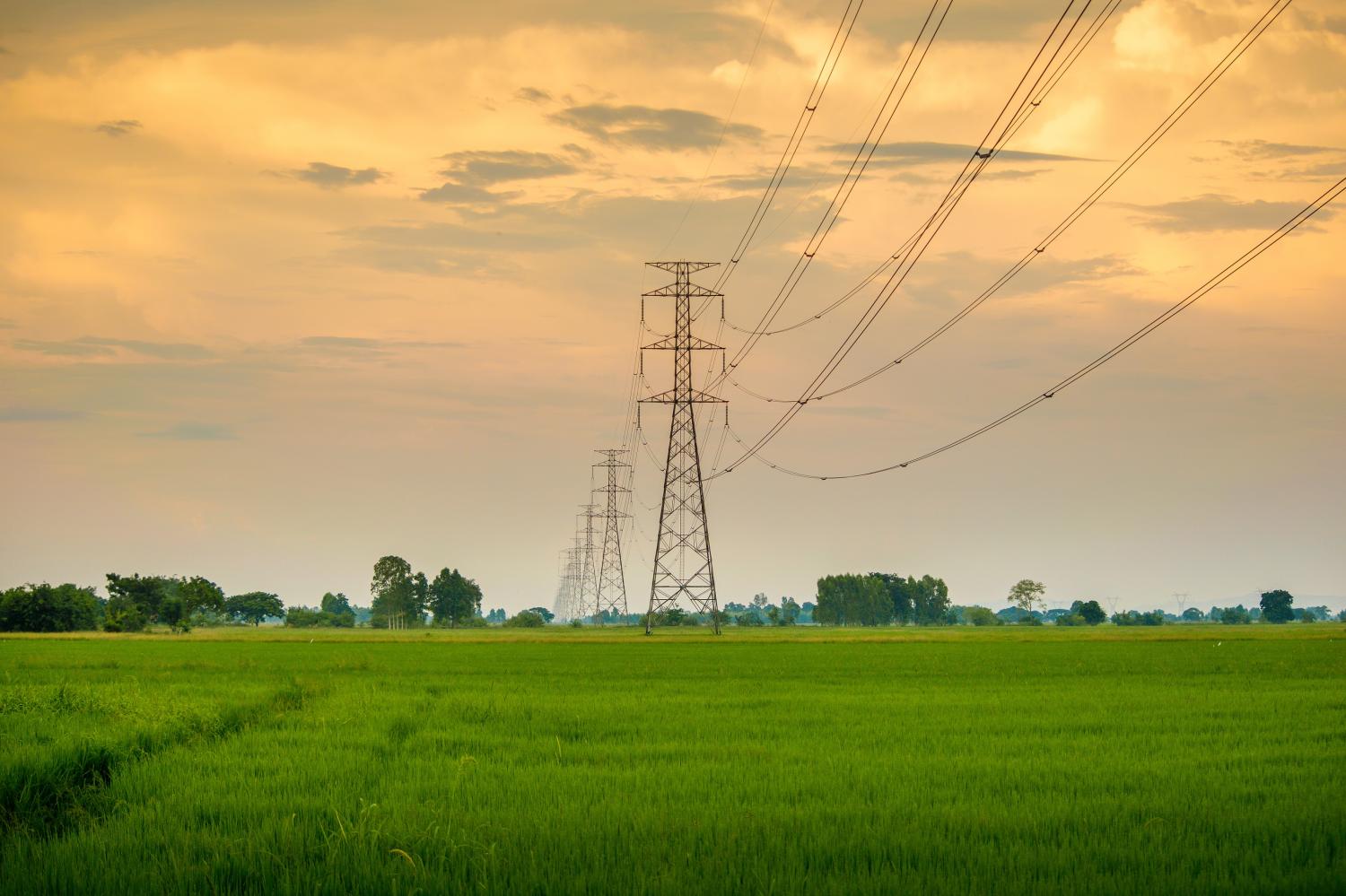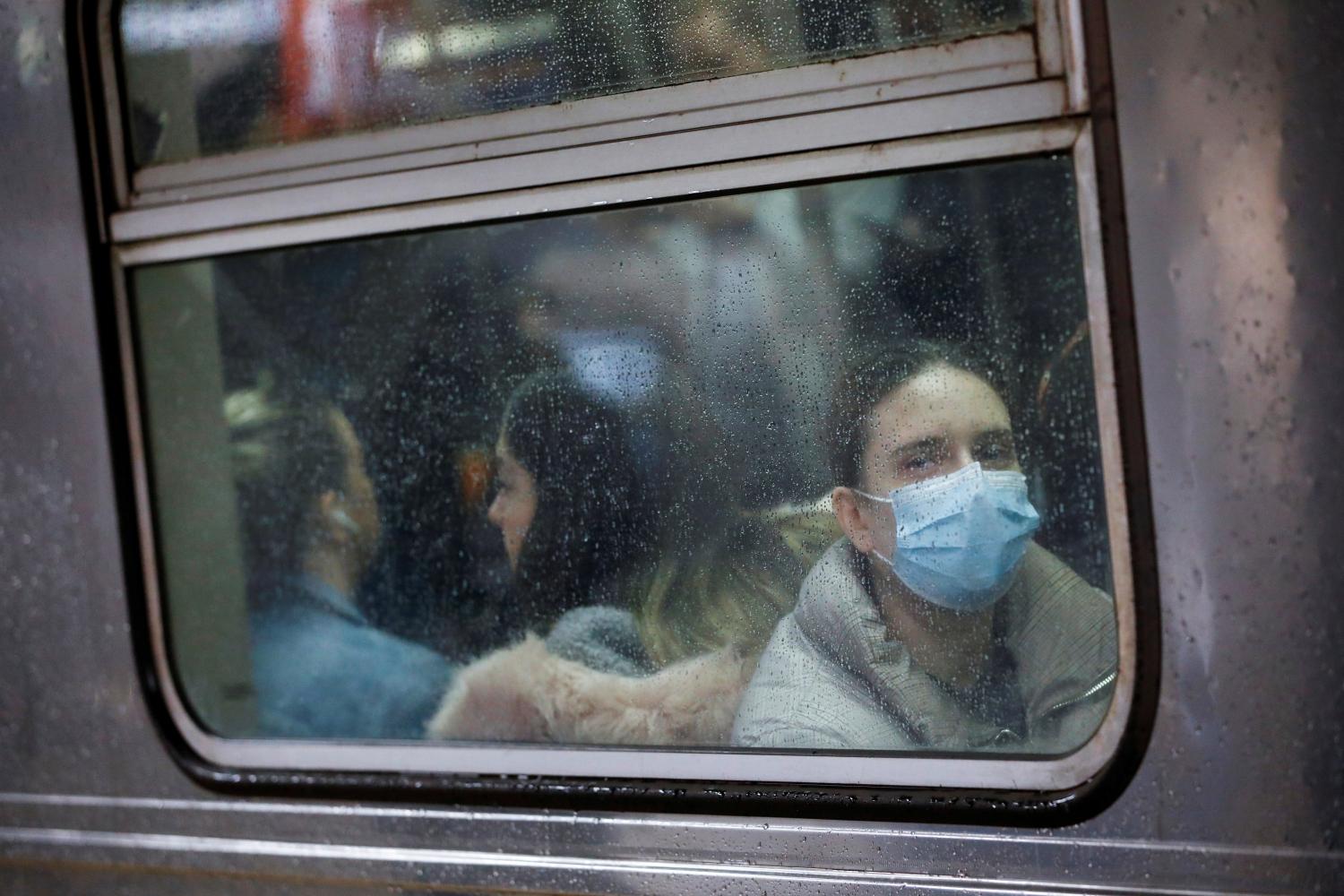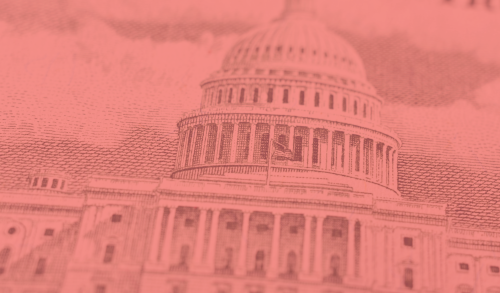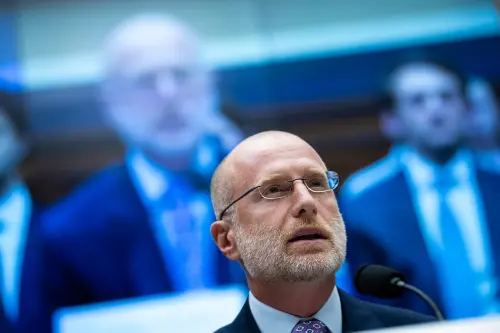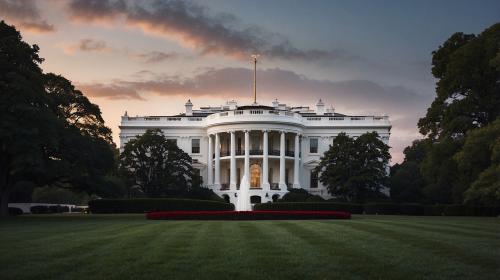This brief is the second of a two-part research series. Click here to read the first research brief.
Across the U.S., millions of people lack reliable and affordable water, transportation, energy, and broadband access. Now, the COVID-19 pandemic has brought these underlying infrastructure failures into sharp relief; for Americans who can’t afford their bills, electricity and water shutoffs have become an immediate public health hazard.
In some cases, these critical infrastructure gaps are the result of decades of underinvestment and poor maintenance. In others, they represent a much more direct legacy of harm and deliberate racial and economic exclusion. As the first brief in this series on legacy infrastructure highlights, many of our existing infrastructure systems—originally designed to foster growth—are now limiting economic opportunity, damaging the environment, and hurting our health. This is especially true for lower-income households and communities of color.
However, within our current pandemic-induced economic crisis is an opportunity to address these structural inequities. In this brief, we propose a four-part national infrastructure stimulus program that not only drives new projects, but also enables the removal of old assets that no longer serve their intended purpose.
Take, for example, cities with declining populations. Water and sewer utilities are faced with the impossible balancing act of keeping an oversized system safely in operation with a declining user and tax base from which to fund repairs and upgrades. Often, the only option is to raise rates. This shifts the burden to residents, who themselves are dealing with the direct impacts of economic decline due to population loss, deteriorating public services, and unaffordable rate increases.
Funding the strategic removal or decommissioning of harmful, divisive, aging, and failing infrastructure can enable communities to invest more productively in services they need and want most. No one needs a highway or water main—they need affordable options to travel to work or school and get clean water.
Dealing with our legacy infrastructure assets will require a sequential approach. First, Congress should include dedicated funding for local and state governments in a short-term relief package to support expanded public engagement, strategic planning and analysis, and community-led infrastructure experiments and temporary installations. This funding can both fill major state and local capital planning budget gaps and help communities—the end users of infrastructure—drive the discussion around what should stay and what should go in a post-COVID-19 future. The second phase should provide larger-scale project capital as part of a medium- to long-term federal investment agenda to enable the removal of legacy assets and clear the way for community-led, equitable, and climate-smart redevelopment.
Below are the four key funding areas that can form the building blocks of the proposed approach. The first three are targeted toward short-term relief allocations to state and local governments, while the fourth is intended to be a dedicated source of federal project capital or a new program, like the Department of Housing and Urban Development’s (HUD) National Disaster Resilience Competition. All four activities, in sequence, can help policymakers and planners move away from the knee-jerk instinct to seek shovel-ready projects and instead jump-start a sustainable recovery.
- Conduct strategic analyses on the costs of inaction on legacy systems: Underinvesting in infrastructure has consequences. Rather than looking only at future infrastructure needs, federal and state agencies can create significant investment opportunities by also identifying major risks and liabilities to their own budgets and operations. Specifically, this approach looks to minimize losses; for example, who loses money if we leave a deteriorating bridge, tunnel, dam, or water system in place? The answer is rarely only the local or adjacent community. Delayed maintenance can lead to cascading failures that ultimately cost more than removing or replacing an asset. Recognizing the high and distributed costs of failure—especially for chronically underserved communities—is an important starting point for reframing how we handle legacy infrastructure assets, better maintain a state of good repair, and invest in new projects.
Recommendation: Fund a national study to identify the top 10 infrastructure liabilities for each major federal agency and critical cross-agency gaps. Examples of potential liabilities (and federal cost-saving opportunities) include large-scale projects (e.g., the Oroville Dam prior to its repair), categories of assets (e.g., deteriorating bridges or access roads to military installations), and populations facing major infrastructure-related environmental health risks (e.g., households affected by lead pipes, urban air pollution, or lack of safe wastewater infrastructure). Provide funding for similar state-level assessments of at-risk infrastructure with significant state and local budget implications, in order to set priorities for future federal funding applications to address the most significant legacy infrastructure problems in each state.
- Fund greater virtual public engagement: The COVID-19 pandemic has disrupted the standard public engagement processes on infrastructure, but there is a real opportunity to transform how local governments gather feedback on infrastructure priorities and from whom. The channels for digital outreach and input developed in response to the pandemic can play a key role in drawing in residents who do not typically have the time, resources, or caretaking support to participate in multihour public meetings or design charrettes. Providing actionable information to planners before larger construction funds are available can help both public and private project developers design for what people need now—not only what was important in a past decade or what is deemed “fundable.” Participatory budgeting models can initiate community engagement processes that have real financial “teeth” and make a meaningful link between community input and infrastructure investment. Consider the difference between asking residents how they would divide and spend $100 million dollars on critical services versus soliciting reactions to a pre-cooked $100 million project proposal.
Recommendation: Create a funding set-aside with competitive and formula-based federal funding allocations for participatory infrastructure planning workshops with dedicated resources to compensate low-income and minority residents for their participation. Reward effective engagement by adding scoring criteria to larger follow-on infrastructure funding opportunities, similar to how the Federal Emergency Management Agency’s new Building Resilient Infrastructure and Communities (BRIC) program criteria include extra points for applications generated from previous “advance assistance” awards.
- Support interim uses and enable infrastructure experiments: Major infrastructure projects can take years to plan and build, but community needs are often far more urgent. Federal and state funding programs can do a better job of creating a runway of investment in megaprojects by offering resources for interim installations to make spaces usable and meet service needs while those megaprojects take shape. Several cities have experimented with “pop-up” projects that offer residents a chance to experience and provide input on longer-term development decisions. Hoboken, N.J.’s Northwest Resiliency Park is an excellent example of how temporary infrastructure installations can be part of a successful public engagement process. This approach can have the added benefit of creating spaces to test, demonstrate, and expand investment in green, distributed infrastructure solutions that reduce locking communities into long-term infrastructure.
Recommendation: Create a new pilot program within short-term relief and recovery funding packages for community-supported infrastructure experiments to support major transportation, water, energy, and telecom system upgrades. Examples include bus rapid transit corridors, bike lanes and pedestrian plazas, flood control installations, and distributed energy and telecom systems. Funded pilots can complement these expanded public engagement projects and be rewarded in follow-on funding application scoring criteria.
- Reward the removal of legacy harms: Federal tax and investment incentive programs should consider how to incorporate provisions for removing failing infrastructure as part of enabling new investment. Federal brownfields funding programs have done this for decades with contaminated lands. The city of Detroit’s blight removal bond is another example that demonstrates how getting rid of failing assets can increase property values and reduce fire hazards. We need a similar approach for infrastructure. Successful infrastructure removal projects that have created space for major redevelopment include San Francisco’s Embarcadero Freeway, Portland, Ore.’s Harbor Drive Freeway, and Milwaukee’s Park East Freeway. A key caveat is that any incentives for clearing the way for new infrastructure and development should always be carefully balanced with provisions to preserve affordability and protect current residents. New Orleans’ Claiborne Corridor and Oakland, Calif.’s I-980 offer lessons on the importance of putting residents first rather than focusing on a piece of infrastructure.
Recommendation: Similar to the HUD National Disaster Resilience Competition, create new competitive agency-specific federal funding programs to encourage the development of projects that reduce sector-specific liabilities identified in the national and state studies proposed above. Funding applications should require cost-benefit analyses that clearly demonstrate how and how much projects will reduce federal and state liabilities and/or risks. The resulting cost savings can be captured for program cost-recovery or directed to a revolving fund to support additional projects.
As we look to the long-term recovery from COVID-19, federal infrastructure efforts should not only account for what we need, but also for what we no longer need. Stimulus funding needs to be quick and responsive to be effective; however, hasty infrastructure investment is unlikely to serve anyone well in the long term.
The Biden-Harris Transition Team has already identified climate change and racial equity as two of its top priorities. Unless COVID-19 economic stimulus and recovery funding efforts enable the types of activities outlined above, the new administration runs the risk of missing the chance to address those priorities, and instead entrenching new kinds of generationally unequal investments.
In a few short months, COVID-19 has reshaped how we use many types of public infrastructure. It would be a failure of imagination if we didn’t use this opportunity to reimagine our legacy infrastructure systems and fund a more equitable, climate-smart future.
The Brookings Institution is committed to quality, independence, and impact.
We are supported by a diverse array of funders. In line with our values and policies, each Brookings publication represents the sole views of its author(s).


